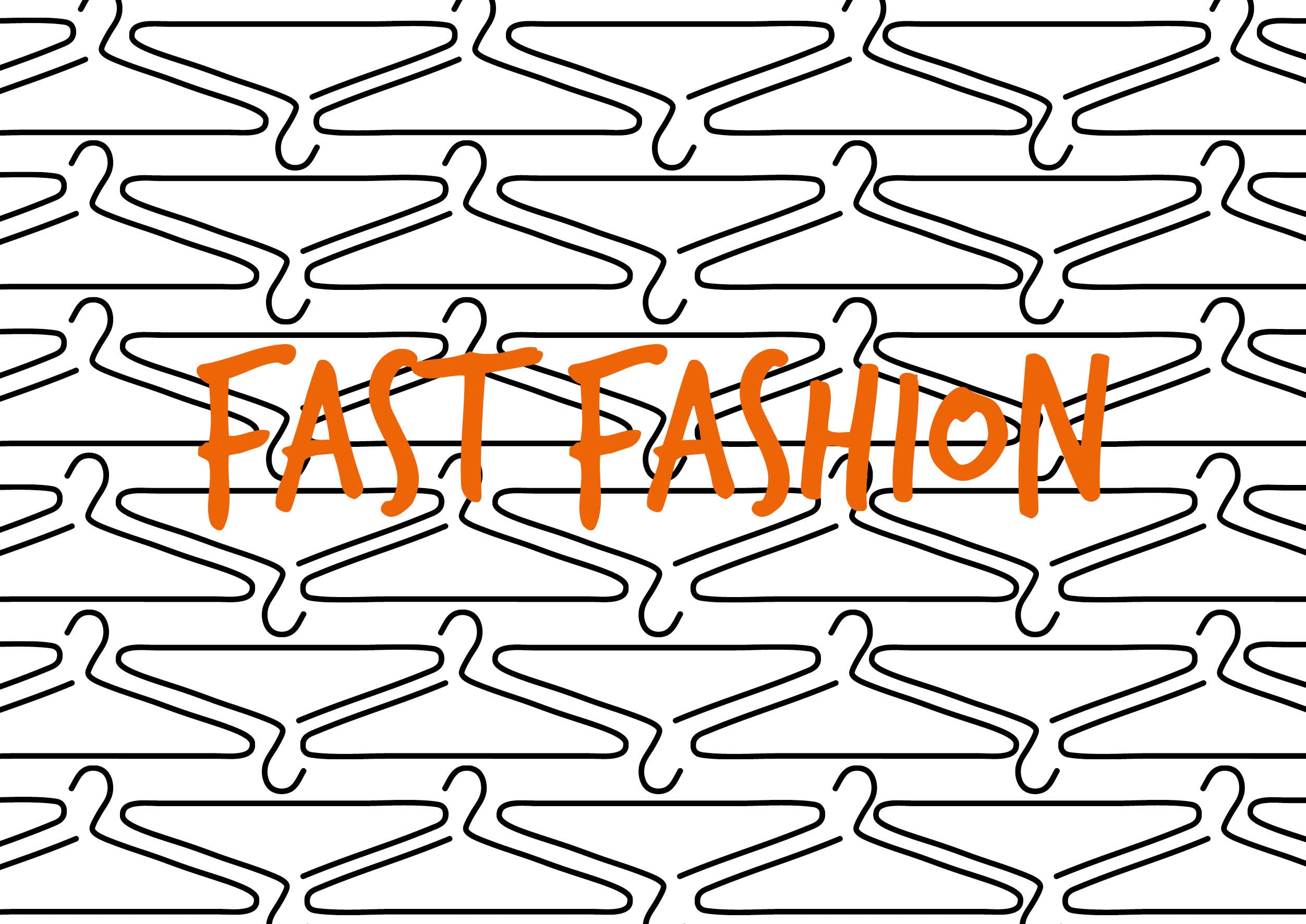
What is clothing actually worth?
Can you remember the last time you repaired clothes instead of throwing them away? No? You're probably not alone in that. But what exactly is it that makes clothing items disposable? The apparel industry is one of the largest industries in which the global gap between the various producing countries is mercilessly exploited. This means that many production facilities are run under inhumane conditions. The economic advantage that Western countries receive from this is exploited to the detriment of workers. This is what allows the clothes to be sold so cheaply here. The fashion wheel not only runs on the backs of human dignity, but also at the expense of the environment.
A few decades ago, it was normal for fashion companies to launch new collections about twice a year (summer/winter). This has now evolved into several times a MONTH in the clothing industry. So the item of clothing you bought yesterday is probably already out today. »Quick Response Strategy« is the technical term for this procedure. The quicker the response time to new trends, the quicker goods can be produced and sold. So, as you can imagine, the fast fashion wheel never stands still.
Let's assume that the garment produced by a fast fashion company was sold. Now not only the material, but also the production is designed so that the finished garment does not necessarily last longer than four weeks. On the one hand, this is cheap to produce and, on the other hand, it is also tactically clever, since the customers then of course buy new clothes. The quality of the products usually corresponds to their desired service life. If something is only used for a short time, it doesn't have to last long. In addition, the media and various platforms suggest to us that there is a completely new trend that you follow when you are cool . The newer the outfit is, the hipper it is.
Well, the second scenario is that the item of clothing was not bought (here, by the way, the motto »more is more« is used. So the higher the number of items in production, the cheaper it gets. What then happens to the goods from yesterday, which is no longer a trend today? The destruction of goods is also a big issue in the clothing industry. Anyone who pushes new goods onto the shop floor almost every day also has to put the so-called "old goods" somewhere. The term is actually used in the industry used, although the goods are of course not old .
This is where the confusing sale phenomenon comes into play. The customers probably think: »Oh, the goods are simply offered cheaper. Win-win for buyers and sellers.« No, definitely not. Does the company still make money if it sells a €200.00 jacket for €20.00? In relation to the low production costs, unfortunately yes. In retail, however, the square meter of retail space is divided up and calculated based on profitability. Of course, products that have a larger margin per unit are preferred. Sale products (which have a lower margin) are therefore quite uninteresting from an economic point of view in relation to the maintenance and storage costs and the possible profit. The law of area in retail states that what produces the highest possible profit is placed. This is one of the reasons why there is a high density of goods per square meter in the fast fashion sector and a rather low density of goods in the high-priced sector. Now the newly produced goods with a higher margin are in the starting blocks and the sale goods with their low profitability take up expensive shop and storage space. So what's going to happen to the sale items? Not only shop space is expensive, but also storage space. Storing the goods temporarily in order to sell them collectively at some point and somewhere would of course be an idea. However, the economic value of the goods decreases the longer they are not sold. This means that the store and storage costs incurred are ultimately higher than destroying the goods. Yeah right. It is cheaper to destroy the clothes. New, deficit-free goods that have not even been worn, that were produced in inhumane conditions and that are harmful to the environment are destroyed because it is more economical than their continued existence. You can also project this scenario one-to-one onto online companies. It's less about shop space and more about storage space. High-priced brands also manage their products according to this principle . The profit margin per unit is simply shifted a bit. In addition, it is seen as bad in terms of marketing strategy when people who may not be able to afford a certain brand at the normal retail price now buy it on sale. But that's another creepy topic...
So fast fashion is not a problem limited to companies that are most commonly found in city centers, but a strategy and approach that ultimately puts economic gain first. Yes, unfortunately this world mostly still works the same way. Branded products also use these strategies.
So what we can do first and foremost is to become aware of it all. In particular, to reflect on one's own consumption of clothing. Do I really need the garment? Will it have any lasting benefit for me? Do I still like it in the future or do I just buy it because it's trendy at the moment?
In the near future, vegan, fair and sustainable will probably not be what has an important place in the company of the big players in the fashion industry outside of marketing strategies and greenwashing. And yet, in the end, it is we who decide who we give our money to. There are no t-shirts for €5.00. That's what you pay at the checkout, nature and man pay the real price in the end.


